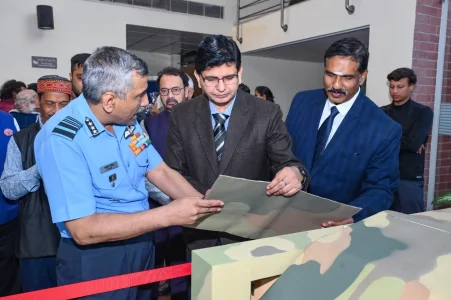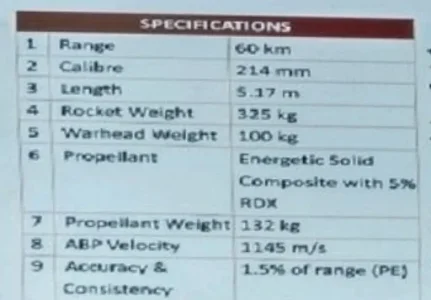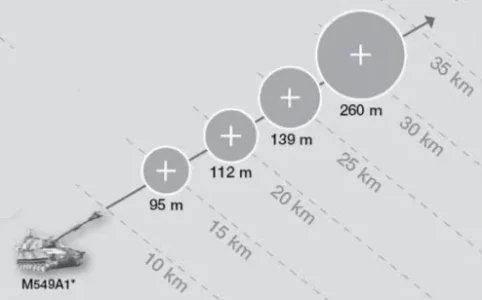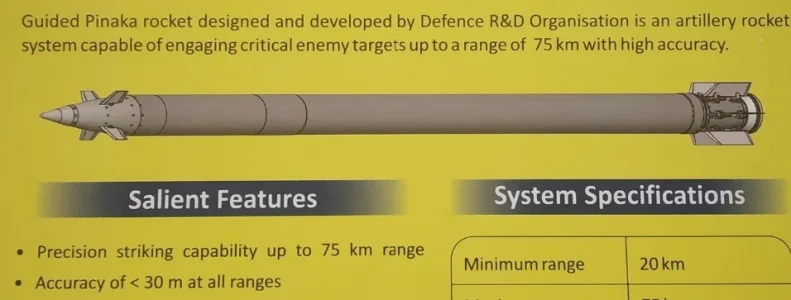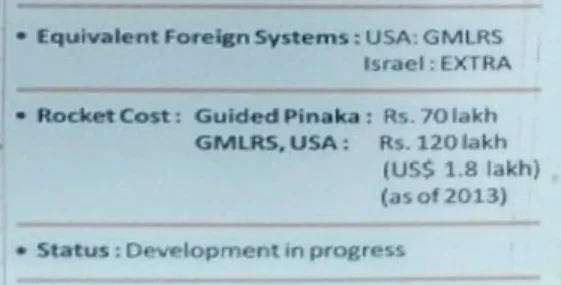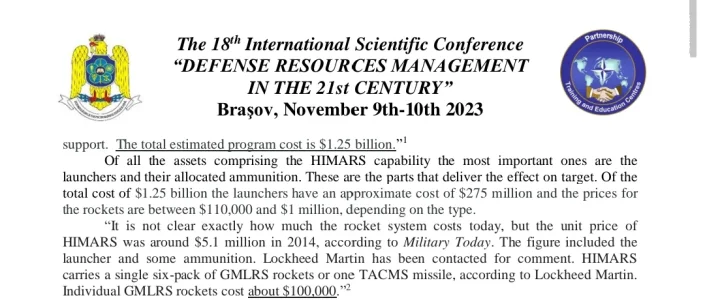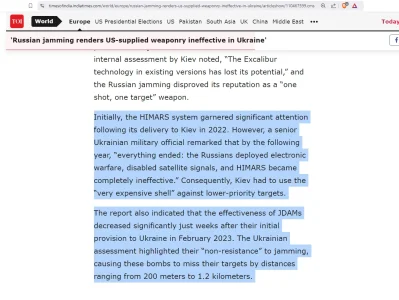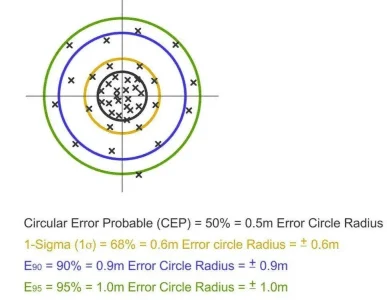> Need for accuracy in MLRS
I've already said it multiple times but today I'm coming with data on how accurate or to be honest, inaccurate MLRS are.
This is official poster of Pinaka-II; the unguided one
View attachment 16700
1.5% of range at 60km of max range would be...0.9km. This number becomes bonkers when you compare it with that of tube artillery firing cheap unguided HE shells...M549A1
View attachment 16701
Almost half the deviation of MLRS
Infact we also have exact data comparing the dispersion of unguided Vs guided rocket artillery at a constant distance but I'm sure about the source of this data...so I don't know
> GMLRS
Each GMLRS is guided using Honeywell's GG1308 ring laser gyroscope, Honeywell's RBA-500 and NavStrike GPS module.
Someone was asking why it was so accurate...you can get specifications for each of them in open source.
> Accuracy of BrahMos Vs Pinaka
There can be multiple factors that may ultimately contribute to the contrast in the accuracy like the presence of an intake channel, better INS or geometry. Without getting the exact bias and drift values of the INS used in BrahMos it'd be foolish to comment on it so other than that I'd say there are three things that may contribute to its accuracy.
• Increased stability
View attachment 16647
There are more surfaces and also comparatively bigger on BrahMos
• Different trajectory
View attachment 16648
Pinaka follows a traditional ballistic trajectory with more chances of deviation than BrahMos which follows a bit unorthodox one
• Powered flight
We know that in the endgame phase a BrahMos performs S-maneuvers or climbs to dive down and as both are extremely energy consuming, it's safe to assume that atleast up until that point the engine on a BrahMos is lit and providing some thrust. (A vertical line on the trajectory in the above pic shows the theoretical thrust cut-off point for both the systems.) As BrahMos has a way longer power availability it's chances of accuracy also increases.
> Blast radius Vs CEP
• In GMLRS you get a 90kg one with 1,82,000 tungsten fragments, blast radius is not published but there are multiple videos showing it to be quite good and the CEP is 2-5m. Basically the CEP is just a small fraction of the lethal radius.
View attachment 16689
• In Pinaka you get a 100kg one with 20,000 tungsten fragments, blast radius of 60m (backward calculated from the Mean Area of Effectiveness of 12000sq m) and a CEP of <30m
View attachment 16690
The CEP figures of 60-80m is from an older poster
View attachment 16691
In newer ones it comes down to 30m
View attachment 16692
It's an impressive feat to half the CEP and deserve to be appreciated. But on a flip side it also means we're closer to the saturation point.
> Cost
• In the poster by DRDO itself the quoted figure of GMLRS is from 2013.
View attachment 16697
• But we should look at 2024's cost. As per the last disclosed FMS report it was just $110,000
View attachment 16698
93 lakh Vs 70 lakh is still a considerable diffrence but not so much that it would feel absurd when an army comes up with the argument of
"it's bit pricey, but you must consider it being better and more mature and battle tested"
I know it's illogical, but then again end of day you're no different than a FMCG firm trying to sell a toothpaste
• USA has economies of scale, they started earlier, guided Pinaka is still in R&D...all are valid arguments; but sadly for an army looking for a guided rocket in 2025 the only thing that matters is how much it needs to pay in 2025 for getting the most value.
And as always, these are just my yapping with me being terminally retarded...so take it at your own risk
Bit exhausted by all this work, quoting various parts from multiple posts was bit cumbersome so just mentioning everyone involved in that discussion; ask whatever I missed
baaki bhul chuk maaf  @Bleh @Azaad @Anants @shuturmurg
@Bleh @Azaad @Anants @shuturmurg


